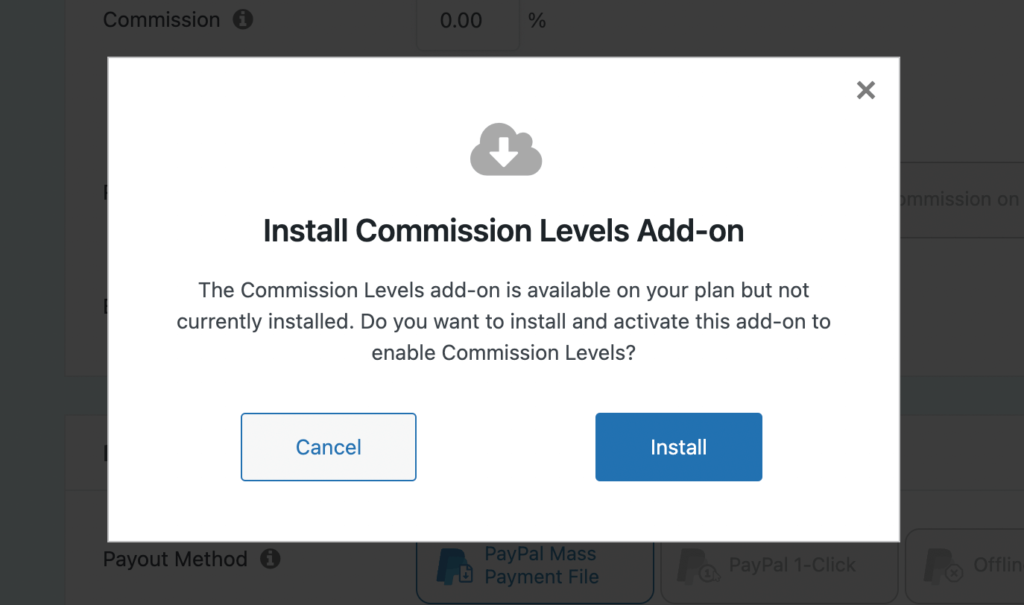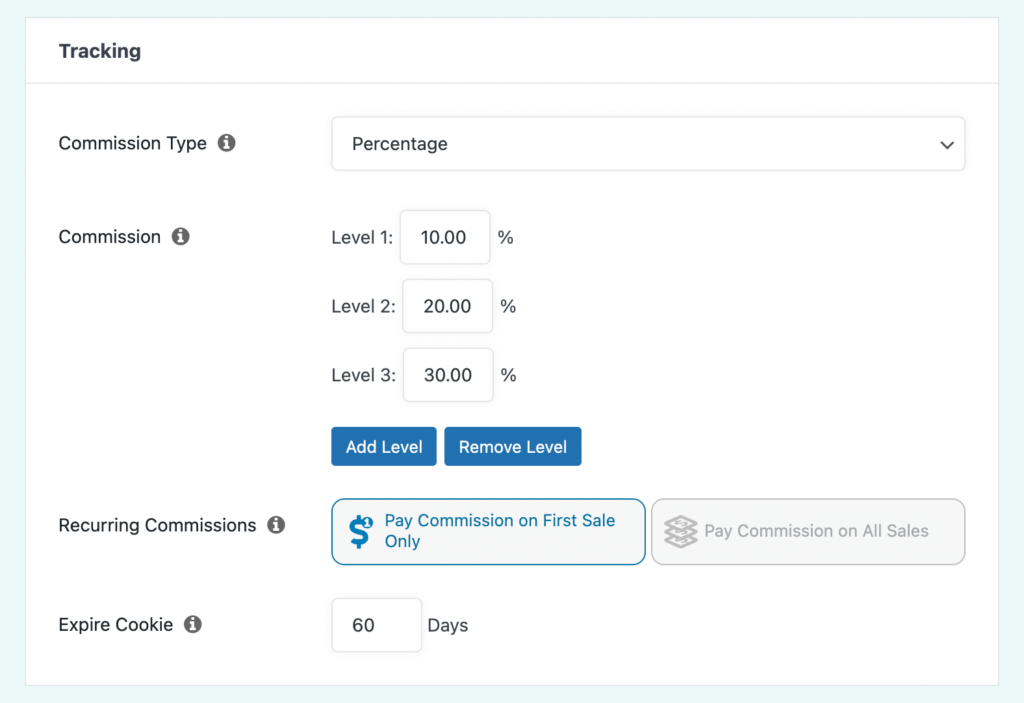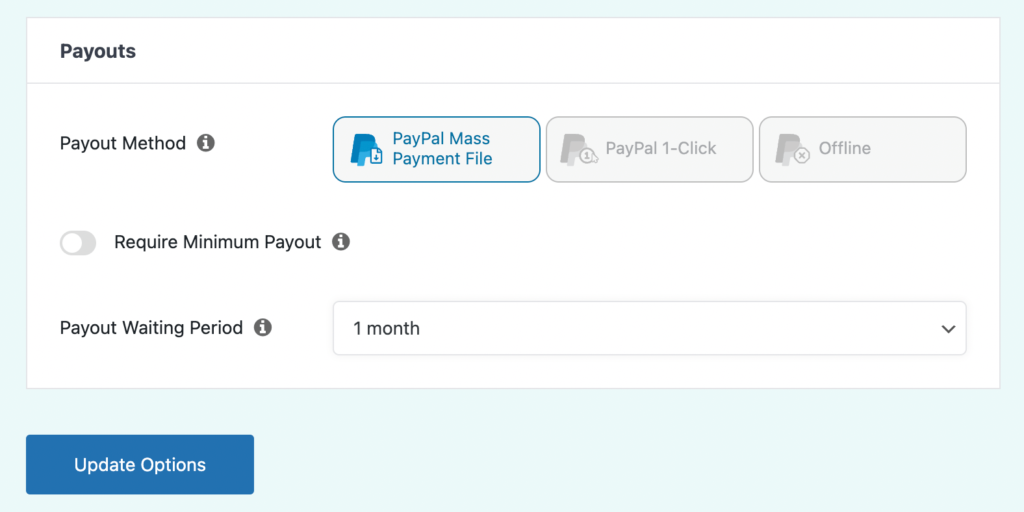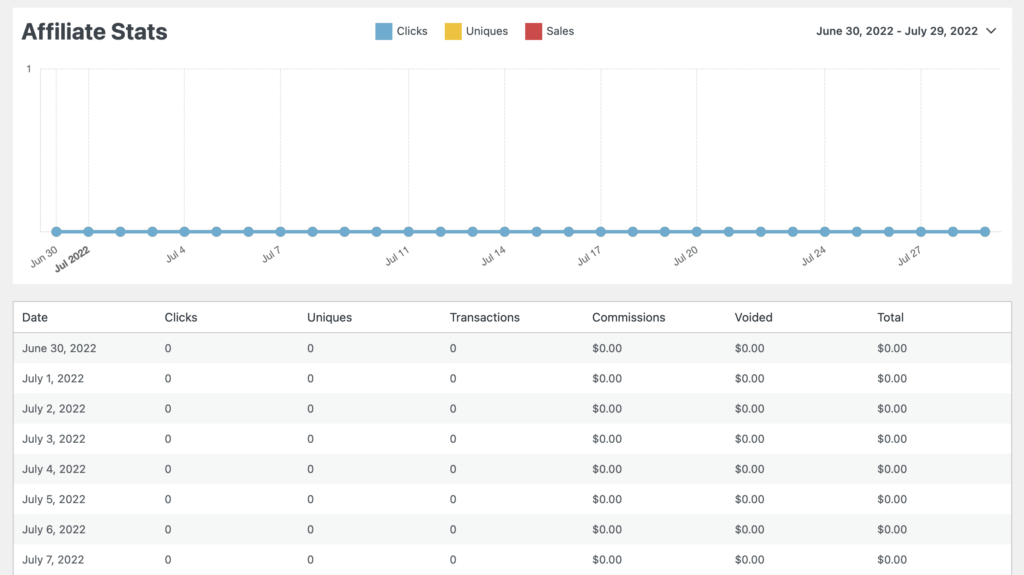[ad_1]
If you’re not paying close attention to your affiliate commissions, you may be missing out on potential revenue. In a nutshell, without commission tracking, you won’t be able to identify high-converting affiliates and offer support to those who need it.
Fortunately, you can easily start monitoring your affiliate commissions and set unique rates with our Easy Affiliate plugin. When you analyze clicks, visits, and transactions, you can decide which affiliates to reward or provide with a little extra help.
In this post, we’ll explain what affiliate commission tracking is and why it’s important. Then, we’ll show you how to start tracking affiliate commissions in 4 simple steps. Let’s get started!
The Benefits of Affiliate Commission Tracking
In an affiliate marketing program, your affiliates are the key to success. That’s because, in this model, you reward these individual creators for recommending your products and services:

When affiliates drive paying customers to your website, they earn a commission. In this way, your business can increase its sales while giving a percentage to affiliate marketers. Since you only pay when a sale is made, this means affiliate marketing offers a very high return on investment (ROI).
However, to help ensure your affiliate program is successful, it’s a good idea to track commissions. By comparing your sales revenue to total affiliate commissions, you can make sure to pay affiliates fairly while maximizing your profits.
Plus, commission tracking can help you monitor an affiliate’s individual performance. If you notice any inactive or underperforming affiliates, you can reach out with encouragement or offer them some branded material for their campaign.
On the slip side, when you identify high-performing affiliates, you may want to further reward or incentivize them by increasing their commission rates.
Ultimately, tracking commissions can be an effective way to manage and maximize your affiliate program.
How to Start Tracking Affiliate Commissions (In 4 Steps)
Now that you know some of the benefits of affiliate commission tracking, it’s time to start using this management technique in your program. This way, you can monitor your affiliates’ performance and adjust their commission rates accordingly.
Step 1: Download Easy Affiliate
First, you’ll want to find an all-in-one tool for creating, managing, and improving your affiliate program. With our Easy Affiliate plugin, you’ll have everything you need to recruit new affiliates and monitor their progress:

One of the main benefits of Easy Affiliate is its built-in commission tracking. You’ll be able to view the number of clicks and transactions your business receives and compare these metrics to affiliate payouts.
Here are some additional features that can benefit your affiliate program:
To start using Easy Affiliate, you’ll need to purchase a subscription. Then, you can download the plugin and install it on your WordPress website.
Step 2: Set Affiliate Commission Rates
Before you start reaching out to potential affiliates, you’ll need to determine your commission rates. This is the base amount that you’ll pay new affiliates, as well as any bonuses.
By setting a competitive commission rate, you can encourage high-performing affiliates to sign up for your program. What’s more, affiliates may be more inclined to increase their conversions when they’re earning a higher incentive.
Often, you can find your maximum commission rate by subtracting your profit margin from your business operation costs. Then, you can set your base commission a little lower, to account for bonuses and incentives.
Once you decide on a profitable commission rate for both you and your affiliates, you can set this amount with Easy Affiliate. To do this, go to Easy Affiliate > Settings > Commissions:

First, you’ll need to decide whether to offer a fixed amount or a percentage commission. Then, you can enter the commission amount.
You can also click on Add Level to create commission tiers. This will activate the Commission Rules add-on:

After you install this add-on, you can add as many tiers as you like. You’ll want to be sure to specify a unique commission rate for each one:

Lastly, you’ll need to determine how you will pay affiliates. You can configure this to require a minimum payout and a payout waiting period:

To save these changes, click on Update Options.
Step 3: Find Affiliates
Now you’re ready to find new affiliates for your program! To do this, consider reaching out to bloggers within your chosen niche. This way, their audience will already be interested in your products:

You can also discover high-quality affiliates on social media. By searching through hashtags related to your niche, you can find influencers who might be willing to partner with you:

Here are some qualities to look for in a potential affiliate:
- Engaged audience
- Consistent posts
- Authentic and trustworthy
- Interacts with their followers
However, keep in mind that in-demand influencers may expect a higher commission. Therefore, it’s sometimes better to find content creators with a smaller, more targeted audience, rather than a high follower count. That’s because this type of loyal audience is often more likely to trust affiliate recommendations.
Step 4: Track Affiliate Commissions
After your new affiliates sign up, you’ll be able to track their progress in the Easy Affiliate dashboard. You can use the Affiliate Stats graph to monitor affiliate clicks, unique visits, and sales:

Below this chart, you can also view the commissions paid to affiliates every day. You can compare this amount to the number of clicks and transactions you receive.
If you want to track individual affiliate commissions, you can go to the Affiliates page. All of your affiliates will be listed by their full name, username, and affiliate ID:

Here, you can also view an affiliate’s Month-to-Date (MTD) and Year-to-Date (YTD) commissions. This will tell you how much the affiliate earned in a given month or year.
If any affiliates are falling behind, this can be due to a variety of reasons. Some affiliates may not understand your products or how to use your marketing materials. Often, the first step in encouraging underperforming affiliates is by regularly communicating with them.
In addition, you might not be paying your affiliates enough. When affiliates don’t seem motivated, consider offering bonuses, lowering your payment threshold requirement, or paying affiliates different rates. You may also want to reward your star affiliates by bumping them up to a higher commission tier.
On the other hand, identifying underperforming affiliates can help make you aware of anyone who may be damaging your brand’s online reputation. If that’s the case, you can take steps to remove these affiliates from your program.
Conclusion
Once affiliates sign up for your program, it’s important to track their commissions. This way, you can make sure struggling creators get the support they need and all affiliates receive a fair rate.
By comparing your transaction and commission rates, you can ensure that your affiliate program is profitable for both parties.
To review, here’s how you can start tracking commissions in your affiliate program:
- Download Easy Affiliate.
- Set affiliate commission rates.
- Find affiliates in your niche.
- Track affiliate commissions.
Do you have any questions about affiliate commission tracking? Let us know in the comments section!
If you liked this article, follow us on Twitter, Facebook, Pinterest, and LinkedIn. And don’t forget to subscribe in the box below!
[ad_2]




